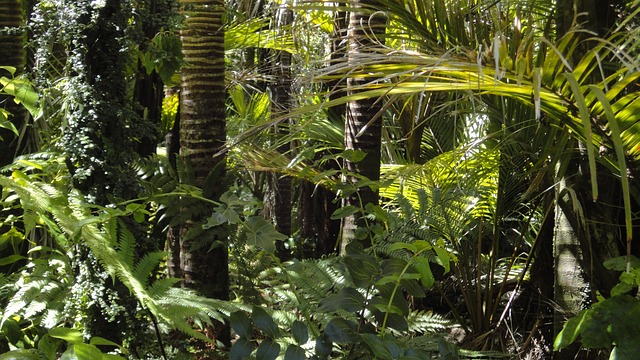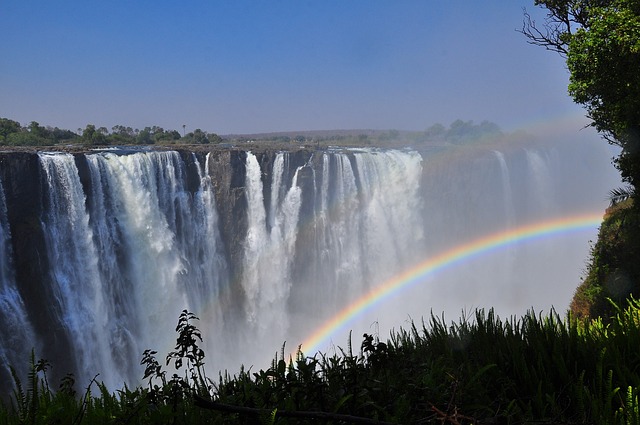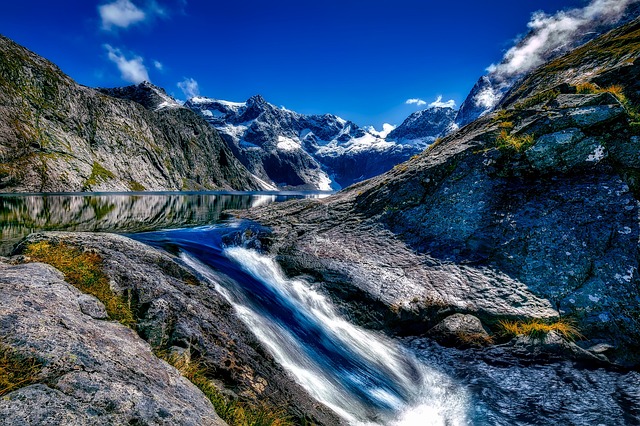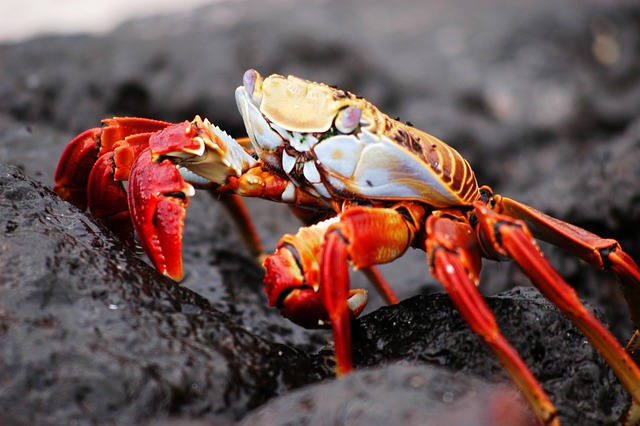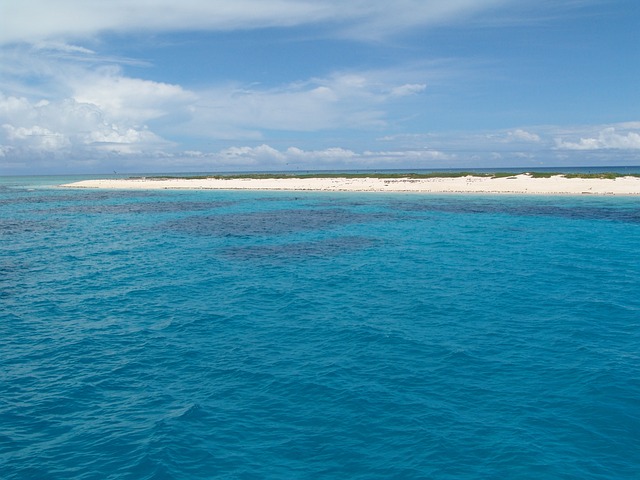Amazon Rainforest: Not Your Average Online Shopping Experience!
The Amazon Rainforest, a natural marvel that hosts a symphony of squawking parrots and howling monkeys, stands as a testament to the sheer exuberance of life on Earth. Draped across much of South America, it’s more than just a gigantic map of green on our geography tests. This vast expanse, predominantly in Brazil, serves up an endless platter of flora and fauna, with species count so high it might just make your head spin faster than a pirouetting piranha.

Wandering through the Amazon is like flipping through the pages of an encyclopedia of biodiversity, with incredible creatures that seem like they’ve been dreamed up by a nature-loving novelist. But it’s not just about the critters; the ecosystem here boasts an intricate web that’s crucial for, you know, minor stuff, like the Earth’s climate and the air we non-green-thumbed humans like to breathe. And while the rainforest loves to play hard to get, shrouded in mystery and wrapped in layers of mist, it’s also caught in a bit of a telenovela, with environmental concerns and human drama at the forefront.
Key Takeaways
- The Amazon engulfs a significant portion of South America and is home to a bedazzling variety of life.
- Its lush landscapes perform vital planetary functions, influencing climate and air quality.
- While teeming with life and intrigue, it faces pressing environmental and socioeconomic challenges.
Biodiversity and Ecosystem

In the Amazon Rainforest, “diversity” isn’t just a buzzword—it’s the glue holding the ecosystem together. From the dizzying heights of the canopy to the down-to-earth forest floor, every leaf, feather, and fur plays a part in this ecological extravaganza.
Flora: More Than Just Houseplants
Imagine if your houseplants could grow into a skyscraper—well, that’s the Amazon for you. With over 2,500 tree species, the Amazon isn’t just a forest; it’s a 2.1 million square mile botanical garden that forgot to charge admission. Here’s a quick snapshot of the leafy lineup:
- Trees: Not just the wooden backdrop, but the architects of the rainforest.
- Plants: More than just greenery, each one is a potential medicine cabinet yet to be discovered.
These plants and trees are the life support for the forest, pumping out oxygen like it’s going out of style.
Fauna: Not Just for Zoos
Animals in the Amazon haven’t just adapted to the rainforest life; they could write a survival guide on it. Birds, bats, and a bizarre array of insects—they all make the Amazon their personal playground. Here’s who’s making a buzz:
- Birds: From the show-offy toucan to the industrious weaver bird, they’re the original twitter users.
- Insects: If the Amazon were a blockbuster movie, insects would be the cast of thousands that don’t fit on the poster.
- Jaguars and Tapirs: These creatures are like the celebrities of the rainforest—elusive, endangered, and everybody’s favorites.
- Amphibians and Reptiles: They’re cold-blooded but they make the ecosystem hot property.
These animals rely on the vast biodiversity of the rainforest, and they return the favor by spreading seeds and pollinating plants. It’s a masterclass in networking!
Environmental Concerns

Before diving into the nitty-gritty, it’s vital to recognize that when the Amazon sneezes, the world might just catch a cold. This powerhouse of an ecosystem isn’t only about exotic vacations; it’s the heavyweight champion in the global climate arena.
Deforestation: More Than a Paper Problem
Picture the Amazon as the planet’s lungs, but it seems they’re getting a bit wheezy thanks to deforestation. It’s not just about losing nifty treehouses or paper supplies; the real dirt is that slicing and dicing trees contributes to greenhouse gas emissions, like throwing a carbon dioxide party and not planting enough green guests to eat it up. The Amazon’s forest cover is shrinking faster than ice cream on a hot day—with a scoop of fires serving as a cherry on top.
Climate Change: Because the Rainforest Isn’t Just Hot; It’s Also Cool
The rainforest has always been much cooler than your average jungle gym, yet it’s feeling the heat from climate change. It’s like the Amazon is stuck in a bad relationship with rising temperatures and erratic weather. Remember those feedback loops everyone buzzed about? They’re scientifically less fun than a loop-the-loop on a roller coaster, drastically speeding up the pace of forest lost and degradation as seen in this WWF’s explanation. If the Amazon were a fridge, it’d definitely need a service check for how badly it’s struggling to keep things chill.
Conservation efforts are doing the tango with sustainable development to create a rhythmic balance between human needs and a healthy environment. They’re peeking into nature’s playbook, trying to crack the code on how to keep the party going without crashing the place. But enough action? It’s not quite the standing ovation moment yet.
Geography and Climate

Deep in the heart of South America, the Amazon Rainforest isn’t just an ordinary woodland; it’s the heavyweight champion of nature’s realm. It sprawls across a basin so colossal that one might need numerous pairs of shoes to tread its entirety. The climate doesn’t just dip its toes into humidity; it dives headfirst into a sauna of moisture, complete with a daily deluge that keeps everything lush and lively.
River of Life: Amazon River and Its Tributaries
The Amazon River is more than a mere waterway; it’s the lifeblood of the forest, an aquatic superhighway that weaves through the terrain like a serpent. This mighty river and its numerous veins span across multiple countries, making it the VIP lounge for aquatic biodiversity. The Amazon Basin, mother nature’s own water collection system, ensures that every drop of rain is invited to the party. This system collects water faster than a squeegee squad at a car wash.
- Countries Touched: From Peru to Brazil, it’s the neighborhood everyone wants a piece of.
- Size Matters: It’s big. Really big. As in, if the Amazon Basin were a country, it would be the seventh-biggest kind.
The Climate Machine: Temperature, Humidity, and Rainfall Galore
If the Amazon were a popsicle, it would be a meltier mess than a snowman in a sauna. Temperatures in the rainforest are more consistent than a dog’s affection, often causing thermometers to sweat with high readings. Humidity in the rainforest is as omnipresent as cat videos on the internet, contributing to the sauna-like atmosphere. When it comes to rain, the Amazon doesn’t drizzle; it throws a full-fledged hydro-party, with high rainfall ensuring that every plant and creature gets a piece of the aqua action.
- Temperature Teaser: Daytime temperatures are like the rainforest’s hot yoga session, with the mercury regularly hitting 90°F (32°C).
- Rain Gauge Rave: Annually, the rainfall here could fill enough swimming pools to keep the entire world afloat, ranging from 80 inches (2,000 mm) to a whopping 430 inches (11,000 mm).
Socioeconomic Factors

In the tangle of green that defines the Amazon Rainforest, economics and social structures take a whole new twist. Here, trees are more than just pretty scenery and local lore; they’re central to a story richer than the soil itself, with plot lines intertwining governments, indigenous people, and businesses.
Indigenous Territories: Original Jungle VIPs
The indigenous territories are where traditional wisdom meets modern conservation efforts. They’ve been living the “tree hugger” lifestyle long before it was hip, managing the forest in a way that would make any ecologist’s heart sing. These areas aren’t just homes to local communities; they’re biodiversity hotspots that hold the key to managing environmental threats. Indigenous groups play a crucial role in the preservation of their land, thereby influencing policy decisions and nudging the government to keep their chainsaws at bay.
Resource Exploitation: It’s Not Just a Free-For-All, Folks
While the companies might view the Amazon as an all-you-can-mine buffet, the government and conservation groups are trying to enforce a strict diet. Logging and mining certainly bring in the cash, creating a classic boom-or-bust scenario which isn’t just about striking it rich but often about striking the right balance. On one hand, exploitation can lead to short-term economic growth, but on the other, it has longer-term costs, like environmental degradation and impacts on healthcare due to pollution. Let’s just say it’s complicated, with more layers than an onion—and definitely enough to make you cry if you peel them back too fast.

